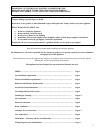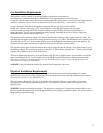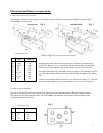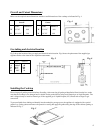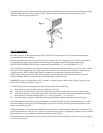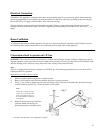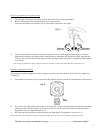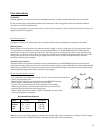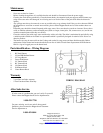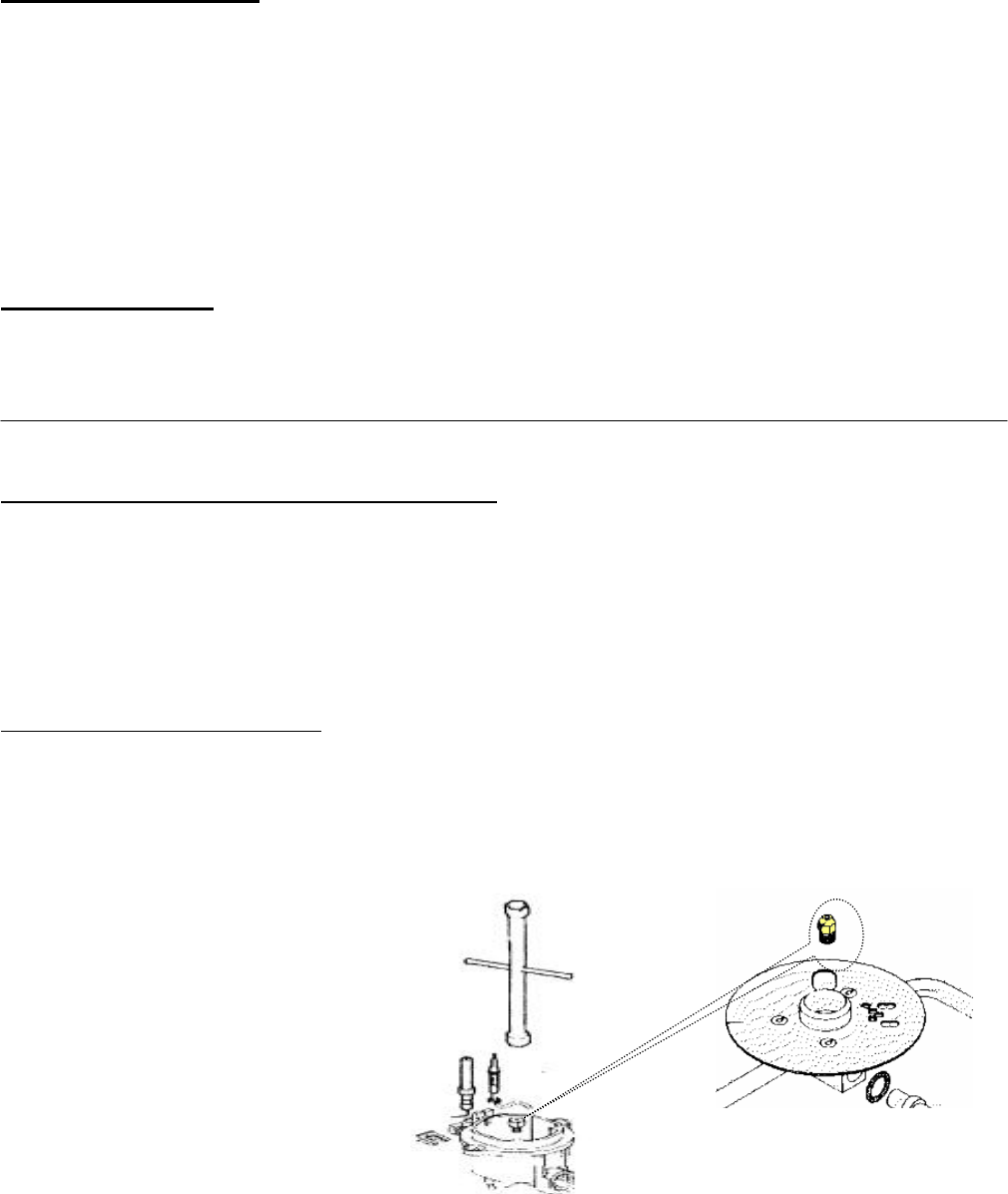
6
Electrical Connection
WARNING! This appliance is equipped with a three-prong grounding plug for your protection against shock hazard and
should be plugged directly into a properly grounded receptacle. Do not cut or remove the grounding prong from the plug.
Please refer to Fig. 5 0n page 5 for the location of the electrical wall plug.
This unit requires a 15 amp polarized and grounded wall outlet. Failure to proper polarize the outlet may cause erratic
discharges from the burner spark system. This unit is supplied with a three-prong 120-volt 60 Hz cord. The cord is ___ in
length.
Room Ventilation
An exhaust fan may be used with the appliance; in each case it shall be installed in conformity with all Federal, state and
local building codes. Please note that the use of an exhaust hood may affect other vented appliances
Conversion of unit to operate on L.P. Gas
WARNING! This conversion must be performed by a certified and licensed gas installer. Failure to comply may result in
improper operation, which could result in injury or death. Please consult your local governing officials for all Federal, State
and local building codes. Failure to comply may result in the voiding of the product warranty.
Note:
This unit is shipped from the factory to operate on NATURAL gas. The following procedures are to covert from NAT to
Liquid propane (L.P.) operation.
Replacement procedure- burner orifices
1) Remove all burner grates and place in a secured location.
2) Remove all five burner caps and flame spreader and place in a secured location.
3) Using a 7 mm socket or spanner wrench, locate the burner orifice at the base of the burner box and remove using a
counter clockwise rotation. Fig. 7 shows the location of the orifice.
4) Reinstall all five burner caps and flame
spreaders. Make sure the caps are
positioned properly on the burner base.
Proceed to the By-pass screw adjustment on page 7
Note:
Please place all five NAT gas
orifices in a secured location
in the event that the unit is to
be converted back to
NAT gas
in the future
Fig. 7




